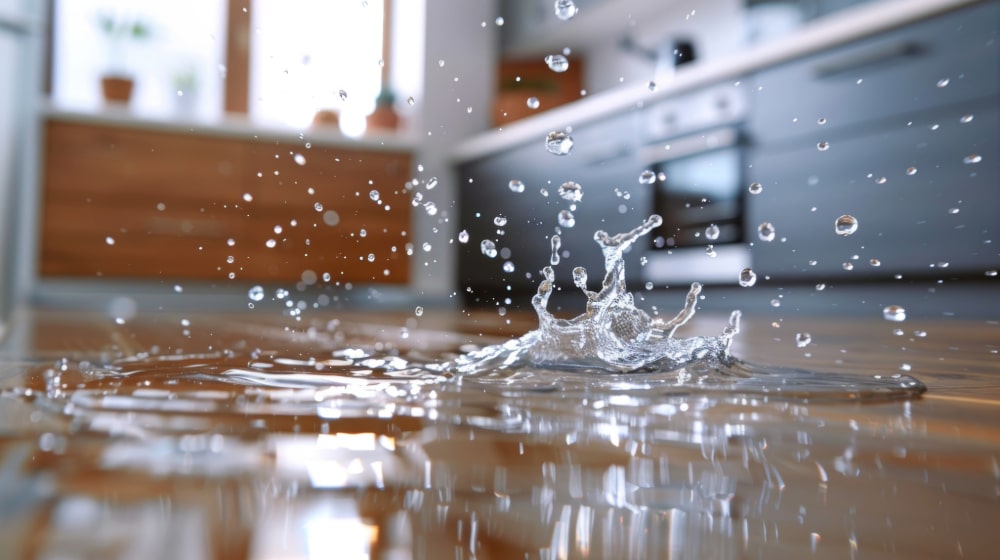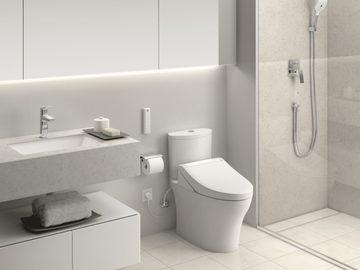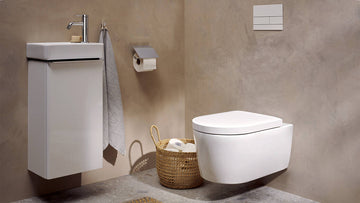In the realm of industrial quality assurance, maintaining the integrity of infrastructure is paramount. A drip detection sensor proves indispensable in this regard, offering a technological touchstone for early leak identification. These sensors are laser-focused on mitigating potential water-related damages that could ripple through a facility if left unchecked.
Incorporating a drip detection sensor in your industrial toolkit can virtually transform your maintenance processes. Whether you're a plant manager or a QA engineer, understanding how these sensors work can provide practical insights into preventing water waste and ensuring site safety. For an in-depth look into how smart solutions like these are reshaping industries, dive into this enterprise leak detection article.

How Does a Drip Detection Sensor Work?
The fundamentals of a drip detection sensor revolve around sophisticated technologies that include moisture detection and pressure change analysis. When subtle moisture is detected, an alert is sent, allowing quick correction before the issue escalates. This makes it a crucial component in moisture detection strategies. The sensor is adept at pinpointing the location of the leak, enabling targeted interventions.
If you're looking for a comprehensive breakdown, check out this article on how water leak detectors work to delve deeper into their technological framework.
The Role of Drip Detection Sensors in Water Management
Understanding the role of drip detection sensors in water management opens a doorway to sustainable practices. These sensors assist in minimizing water wastage by providing real-time data. Industries can make informed decisions on water usage based on immediate and accurate readings. Additionally, they help sidestep costly repairs, aligning with environmentally sound policies.
For insights into how such technologies impact billing and leak-related expenses, consider reading this guide on how leaks can affect costs: running toilet costs.
Advancements in Drip Detection Sensor Technology
Technological advancements have allowed drip detection sensors to evolve beyond basic moisture detectors. Today's models offer high sensitivity levels, integrating with smart home systems and providing analytics through IoT platforms. Thus, theyre not just standalone devices but part of a sophisticated network aimed at enhancing predictive maintenance.
For an illustration of these advanced features, take a look at how sensors fit into larger smart systems in this insightful article from Vivint's take on water sensors.
Why Industry Quality Assurance Relies on Drip Detection Sensors
In industrial settings, quality assurance is not just about product end-quality but also about maintaining operational standards. Drip detection sensors provide a hedge against operational disruptions that result from water damage, thus much appreciated in the realm of industrial QA. Moreover, they secure against the financial and infrastructural impacts of water loss, encouraging a proactive rather than reactive maintenance approach.
By staying informed on continual developments like the promising abilities of inline detectors, industries remain current. They enhance facility resilience, align with compliance regulations, and engage with environmental stewardship seamlessly.
Implementing Drip Detection Sensors: Best Practices
To maximize the impact of drip detection, sensors should be strategically placed in susceptible areas known for plumbing and pressure fluctuation. Regular audits ensure sensor accuracy and functionality, aligning with best-practice protocols.
For detailed strategies on proper placement and effectiveness of inline detectors, discover new techniques in our guide on inline water leak detectors.

Frequently Asked Questions
How do drip detection sensors save costs?
By preventing water wastage and alerting maintenance teams to leaks before they cause damage, these sensors mitigate costly repairs and align with water conservation strategies.
Where should drip detection sensors be installed?
The placement focuses on areas with known vulnerabilities such as basements, beneath sink pipes, and connections between water appliances susceptible to floods.
Are drip detection sensors compatible with other smart technologies?
Yes, modern sensors integrate easily with smart home systems and IoT platforms, providing an all-encompassing approach to water management.






